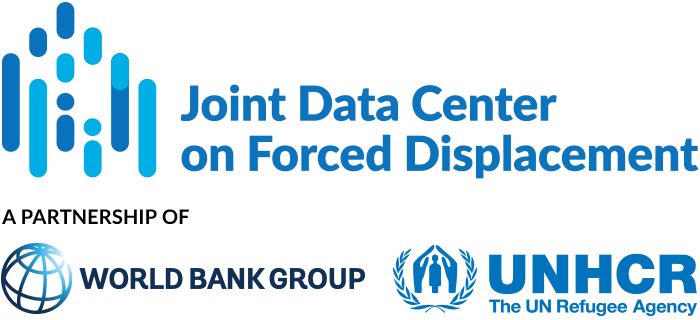This paper examines whether food security mediates the relationship between receipt of humanitarian cash transfers and subjective wellbeing among Syrian refugee youth in Jordan. As of September 2020, approximately 490,000 Syrian refugees were receiving food assistance from the World Food Programme (WFP) in Jordan.
The analysis is based on data from the 2020-21 Survey of Young People in Jordan, a nationally representative survey of Jordanian and Syrian youth aged 16–30. The data includes information on three types of UN agency cash transfers (WFP food assistance, UNHCR multipurpose cash assistance, and UNICEF cash assistance). Food insecurity was measured using the Food Insecurity Experience Scale (FIES), and subjective wellbeing was measured using the WHO-5 wellbeing index. To examine the potential mediating role of food security in the association between cash transfers and subjective wellbeing, the authors use ordinary least squares regression. The sample consists of 1572 Syrian refugee youth in 955 households with complete data.
Main results:
- 92 percent of Syrian households with youth received cash transfers. WFP assistance was the most common transfer. Receipt of different types of assistance varied significantly by household characteristics (camp or non-camp location, wealth, the sex, age and employment status of the household head, household size, and the presence of school-age children). The mean monthly per capita assistance was 26 JD (US$37).
- 78 percent of households were food insecure. Only 22 percent of Syrian households were food secure, 42 percent were moderately food insecure, and 36 percent were severely food insecure. Food insecurity was significantly higher outside refugee camps.
- 51 percent of youth suffered from poor wellbeing. Poor wellbeing was associated with older age, being out of school, unemployment, and ever being married.
- Receiving larger cash transfer amounts was associated with better wellbeing among Syrian youth in unadjusted models. Unadjusted regression models showed a positive association between receiving all three types of assistance (highest per capita amount) and higher WHO-5 scores. However, this association disappeared after adjusting for sociodemographic factors. Similarly, higher per capita assistance amounts were positively associated with wellbeing in unadjusted models but not in adjusted models.
- Household food insecurity was associated with poorer youth wellbeing, however it did not mediate the relationship between cash transfers and wellbeing. Inclusion of food insecurity in the multivariable models did not change the association between receipt of cash assistance and the results of the structural equation model were insignificant.
Despite widespread receipt of cash transfers, a substantial burden of food insecurity and poor subjective wellbeing persists among Syrian refugee youth in Jordan. While higher amounts of cash assistance may be associated with improved subjective wellbeing (likely through reducing income constraints), food security doesn’t appear to be a key mediating factor. This suggests that assistance amounts may be insufficient to ensure food security, or that other factors (quality of food, other household expenditures, reduced stress) are more important for wellbeing. The study highlights the need for larger cash transfer amounts and further research into the mechanisms linking cash transfers to wellbeing, including longitudinal studies and consideration of intra-household food allocation.


